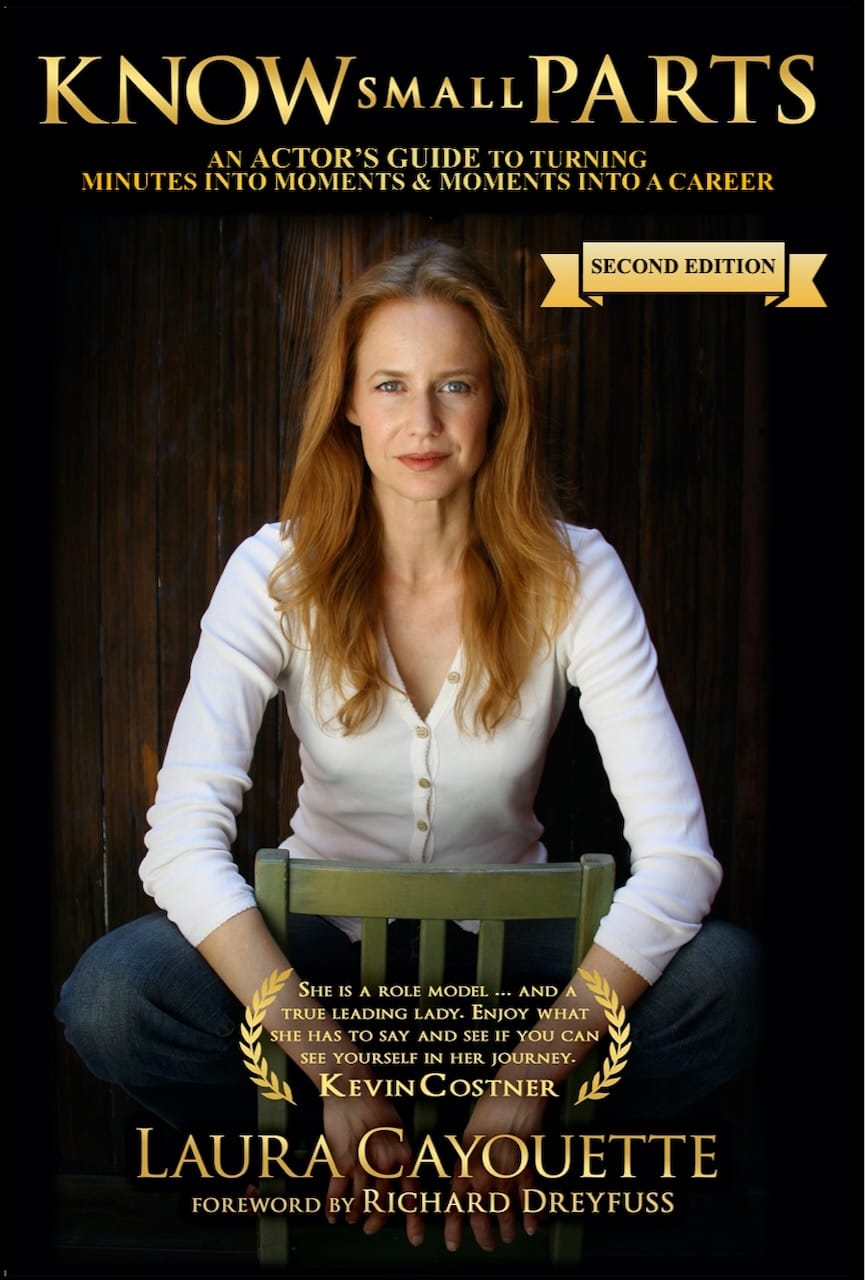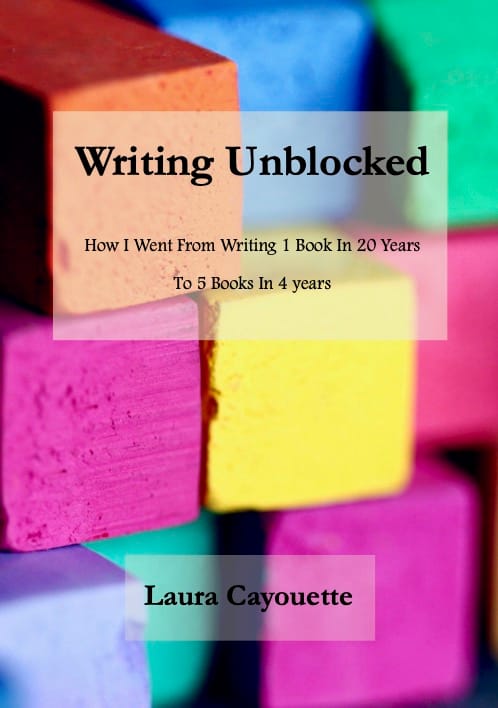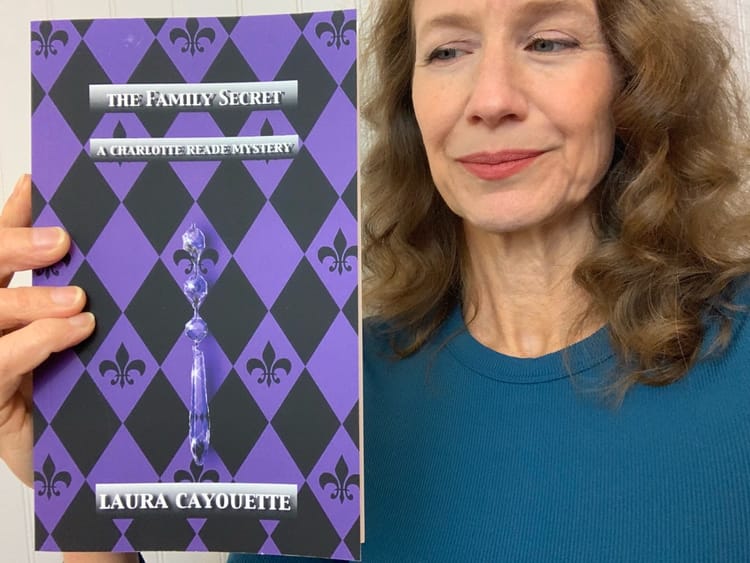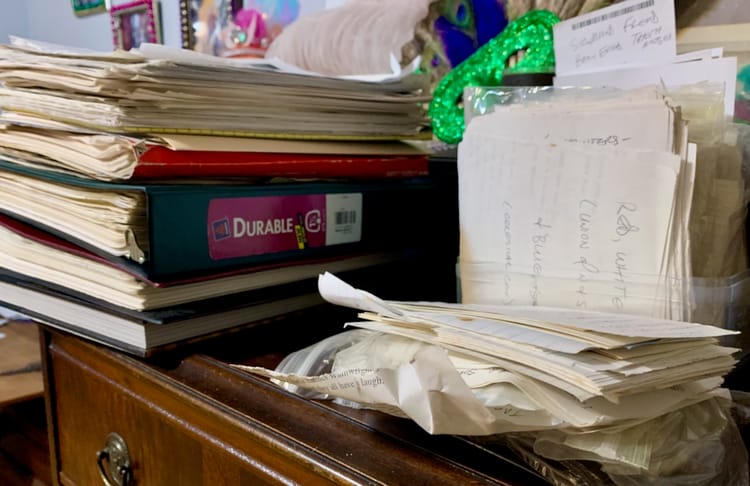Your one-sentence idea

A journey of a thousand miles starts with a single step (Lao Tzu). Every story begins with an idea. When that idea can be expressed in one sentence (or so), you already have the seeds of your entire project. In movies, we call this one-sentence idea a logline (sometimes spelled log line).
If you also receive my Know Small Parts newsletter, you may recognize the video below from my post on Hunting for Clues in the Logline. Though I shared this video with actors, it was originally intended for writers. Those same clues actors are using to develop their characters are the building blocks for your story and character arcs.
Deciphering Loglines
The journey
If you want to go on a trip you need two primary pieces of information – where you’re starting, and where you hope to end up. For writers, most of us start with a one-sentence idea. At the point of concept, we might not know much about our characters or what they’ll go through, but we usually have a pretty good idea where we would like for them to be by the end.

Unlike in life, we can actually predict the ending of each of our characters' stories. We can know which actions will lead to rewards, and which will prove fruitless or even dangerous. We can know whether the couple ends up together at the end. We can know when, how, where and maybe even why a character will die. In that way – writing is like being a god. We can see everything that happens before it happens. We can know the results of people’s choices – the consequences of their actions and inactions.
Subscribe to the Know Small Parts Newsletter and get Chapter 2 – Breaking Down the Scene of my book as my gift to you!
Why one sentence?
The number one question you'll get when you tell people you're writing a book (screenplay, etc.) is – what is it about? That moment may turn out to be the only time that person wants this information from you. That person might turn out to be a publisher or agent. And that moment may take place in less than a minute. In showbiz, we call this theoretical moment, and your mission in this moment, the "elevator pitch." If you only had one elevator floor to tell someone your story, could you do it?
Most of us won't find ourselves in elevators with people from Simon & Schuster, but all writers are asked about our stories by people with short attention spans and busy schedules. Have that summary ready to go whether you're at the dog park, the gym, work, or in an elevator.

A clear one-sentence idea helps communicate your story to others, but it also helps focus your own thinking. If you can't describe your story succinctly to someone outside of your own brain, chances are you're not really sure which story you're telling yet.
Get a subscription to the Writing Unblocked Newsletter and get the Writing Unblocked ebook as my gift to you!
Whether I create my logline before I work on my Mission Statement or as I'm creating my big pile, I usually get it down to a written sentence before I start creating any version of a structure or timeline.
In the next newsletter, I'll dive into the power of working backward to organically create powerful arcs and story moments.
Subscribers – please enjoy this PDF recapping logline templates, the example loglines from the Deciphering Loglines video above, and questions to help focus the journey and what's at stake.






